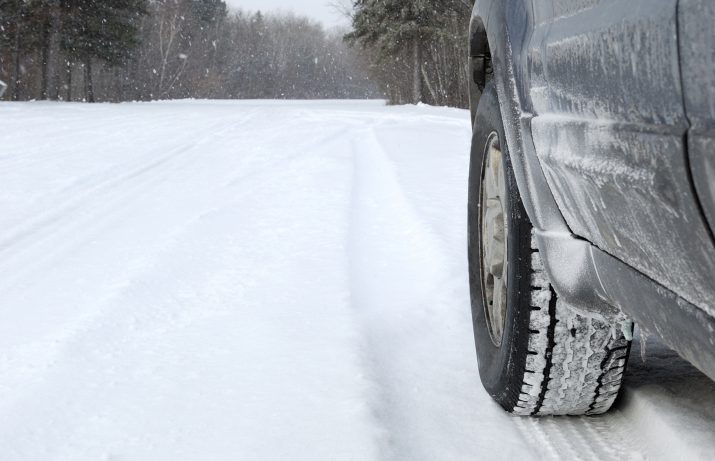10 Tips to Prep your Car for Winter Driving
By SJW
December 6, 2007 • Fact checked by Dumb Little Man

It’s 21 degrees (F) in Chicago right now. To me, that pretty much qualifies as Winter weather. In one of the first few posts on DLM I mentioned that I drive an old 1998 Chevy Blazer that I refuse to get rid of. Hey, it’s paid off, why create debt right?
Old or not, cars need attention. This is especially true when you live in an area that goes through extreme temperature or weather changes. The folks at Advance Auto Parts were nice enough to send over this list of winter car prep tips for DLM readers.
Stop taking your car for granted and give this a quick read. If anything, ask yourself when you last checked these items. The last thing you need is to get stranded on the highway with the family during the middle of winter.
- Inspect your antifreeze while your engine is cold by using a tester to check the mixture for its freeze point. A 50/50 ratio means 50% distilled water and 50% antifreeze, which is sufficient in most climates, except in extreme cold.
- Have your charging system checked for free at any Advance Auto Parts store. Cold weather starts make the vehicle battery work much harder and getting stranded in the cold is no fun!
- Change your oil and oil filter. Clean, high quality engine oil goes a long way in protecting the motor in cold start situations. Use the oil recommended by the vehicle manufacturer.
- Visually inspect all lights; marker bulbs, tail lights, third level brake lights, especially headlights and driving lights. Daylight savings time requires bulbs to work longer hours.
- Tire Tread condition; check it yourself, or have it checked. Winter driving requires good traction in snow and ice. Quality tire tread sheds the snow, ice and road grime more quickly, providing better traction for improved safety. Check your tire pressure regularly, especially in colder temperatures. Follow the recommended PSI found on the driver’s side door post for maximum traction.
- Visibility is key to your safety; make sure that your wiper blades are in top condition, to fully clear your windshield, and back window if the vehicle is equipped. Road salt and slush can jeopardize visibility. Use washer fluid containing de-icer and Rain-X Treatment on windows to avoid the chiseling of ice early in the morning.
- Inspect your engine’s belts and hoses. Cracked, frayed or worn out rubber won’t stand up to temperature extremes. Don’t get stranded on your next trip because of a $10.00 belt or hose!
- Replace the Cabin Air Filter if the vehicle is equipped. Outside contaminants from Fall and Summer driving are stranded in the cabin air filter and running the heater on “high” in the extreme cold only sends the micro-particles deeper into the vehicle.
- Protect your vehicle’s paint. Rain, snow and salt are extremely tough on paint. A tough coating of quality car wax will add another barrier in-between road grime and your vehicle’s paint.
- Last but not least, prepare a roadside emergency kit including a flashlight with fresh batteries, a blanket, food bars, water bottles, cell phone, jumper cables, flares, Fix-a-Flat, HELP Sign, and a first aid kit.
So really it’s not that tough. Most of these things you can easily take care of in your garage or driveway. The point is DO THEM!

